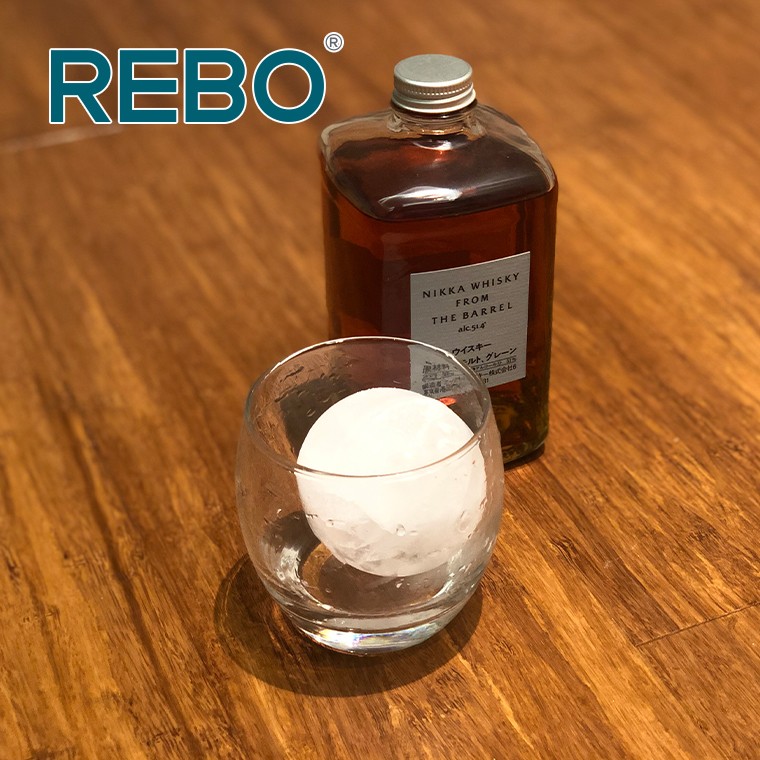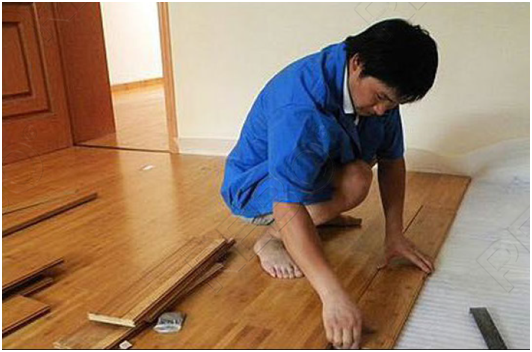How to Install Bamboo Flooring
Bamboo is one of the hardest natural materials available for flooring, making it an attractive alternative to hardwood floors, not only because of its extreme durability, but also because of its low cost and eco-friendliness.
How to correctly install the bamboo floor? Many people may still have the confusion about it. Here below are some useful tips for you.

Installation Preparation
Careful preparation is needed before installing any bamboo flooring.
1. Check that your subfloor is level. Use a spirit level or straight edge. If it is not completely flat then you will need to level it out by lining a wooden subfloor with plywood (at least 8mm thick), or use a self leveling compound on a concrete subfloor.
2. Make sure the subfloor must be clean and dry. If you have a newly laid concrete subfloor you must check the moisture by using a concrete moisture meter, the moisture content should be below 6%.
3. Protect bamboo flooring from direct light and/or sunlight during storage. Do not remove plastic straps or bamboo flooring from its packaging until time of installation.
4. Bamboo flooring is a natural product and needs to acclimatize. Place your flooring in the room(s) which it will be laid, lay the boxes flat, leaving the flooring in the boxes for minimum of 48 hours. If you do not let the flooring acclimatize you will have problems once it has been laid.
5. All types of bamboo flooring need an expansion gap of at least 10mm to allow the planks of flooring to naturally expand and contract with varying levels of humidity. If the correct size expansion gap is not left then the bamboo will have no room to move and could start to rise up and distort.
Tool & Accessory Needed
Before starting to install your bamboo floors, ensure you have all the necessary and correct tools, equipment and accessories, including:
--Shop or household vacuum
--Broom & dustpan
--Chalk-line &chalk
-- Handsaw
--Table saw, miter saw, jig saw and/or circular saw
--Drill & 1/16” (1.5mm) bit
--Hammer
--Nail set/punch
--Safety glasses and gloves, as well as other protective wear and/or safety equipment necessary for safe handling and installation.

Installation
There are two most common ways of installing bamboo floorings, keel-support method and floating method.
Keel Support Method
Keep the concrete ground level, dry and clean, lay a linoleum or moisture-proof paper on the ground, and then fix the keel on the cement ground. The keel interval is suggested as 30cm.
Attach a 1cm plywood on the keel strips and install the bamboo floor directly on the plywood. The cut section of bamboo floor should be applied with oil to avoid damp. Keep 1-1.5cm expansion joints on the floor edge to install the skirting.

Floating Method
Floating floor, which is sometimes referred to as a ‘loose laid floor’, is when the bamboo is not fixed into position. You would lay the bamboo over an underlay, so that it floats on top. When a floor is ‘floated’ it means that it has been installed without being glued, nailed or screwed to the subfloor. The planks of flooring are fitted together and attached to each other but do not need to be fixed into place as they are laid over an underlay. Floating a bamboo floor is the easiest method of installation as it requires very little professional equipment.

Bamboo flooring is among the strongest flooring on the market, and if you want yours to last for decades, it’s essential to install them properly. Hope the above tips helpful for you, and you can also contact Fujian Golden Bamboo Industry., Ltd. for more details.
